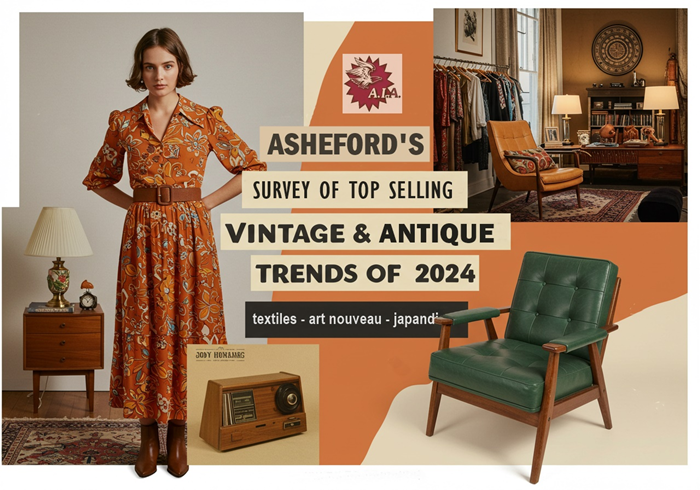Ask the Experts: ‘Silvery’ glass coasters are really tin-washed brass
Things are not always as they seem, and that is the case involving a pair of what is described as ‘silvery’ glass coasters, reports Dr. G. Marchelos, in his response to a recent Ask the Experts inquiry.
Q I recently picked up two silvery glass coasters at a yard sale. They seem to be silver-plated and not solid silver. I can’t determine the marks on the bottom of the glass coasters. As you can see, the mark’s size doesn’t help.
In going through Jan Divis’ book “Silver Marks of the World,” it suggest that they might be Tunisian, but that is still a little iffy.
They’re obviously not Western European, British or from the Americas, but, beyond that I haven’t got a clue.
The internet was not helpful. Can you please help?
— D.L., Topeka, Kans.
A D.L. sent photos of two glass coasters described as silvery. Although they have marks they are indistinct or too small to read. He is of the opinion they are from Tunisia, and he could be correct. This type of item is widely made in the Near East and North Africa. It is traditionally made by hand with incising of the design to add or sharpen. They are not glass coasters but brass, with a silver or tin wash. This is also normal for these types of wares. The design is Islamic, geometric and avoiding all hints of living things, which is forbidden.
In the 1970s and 1980s tons of this merchandise, in all shapes and sizes, was bought up by scrap dealers, especially in Turkey, and sold to jobbers. It was sold widely in Europe, and, at the time, here in the United States. The purchase price was low and the selling price high for the time. Additionally, tourists and military personnel in that area of the world brought back much more.
Some American homes at the time had entire rooms decorated with hand punched brass items with intricate designs such as these. Unfortunately, the materials are base metals with little value. The wash was usually tin, especially when involved with food, but silver as also used. In either case, the amount added to the brass base in minimal. The two items would sell for just a few dollars. The mark probably indicates they were made in a type of factory for tourists, although famous establishments do exist with their own mark.
-----------------------------------------------------------------------------------
Q Can you tell me what this is? It was given to me, the only information I have is that it was screwed to a 2-by-4.
Thanks in advance.
— R.M.
A R.M. sent in an item which is not antique but interesting. It looks suspiciously like an old inner tube vulcanization press to use until the heated patch that was applied cooled. If not, the usage was similar in some related practical way in a repair shop. As a curiosity of recent vintage it would have a modest value.








